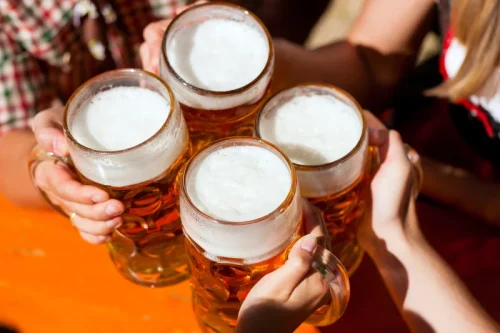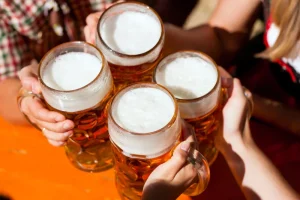Abstinence Violation Effect AVE What It Is & Relapse Prevention Strategies
February 15, 2021 2:47 pm Leave your thoughts
Lapses are, however, a major risk factor for relapse as well as overdose and other potential social, personal, and legal consequences of drug or alcohol abuse. AVE describes the negative, indulgent, or self-destructive feelings and behavior people often experience after lapsing during a period of abstinence. The abstinence violation effect (AVE) describes the tendency of people recovering from addiction to spiral out of control when they experience even a minor relapse.

Stopping a Slip From Becoming a Relapse
It should also teach a person how to stop the progression from a lapse into relapse. Creating, implementing, and adhering to a relapse prevention plan helps to protect your sobriety and prevent the AVE response. While you can do this on your own, we strongly suggest you seek professional help.

Common Features Of The Abstinence Violation Effect
Understanding the AVE is crucial for individuals in recovery and those focused on healthier lifestyle choices. Instead of surrendering to the negative spiral, individuals can benefit from reframing the lapse as a learning opportunity and teachable moment. Recognizing the factors that contributed to the lapse, such as stressors or triggers, helps individuals to develop strategies and techniques to navigate similar challenges in the future. In the multifaceted journey of overcoming addiction and living a healthier life, individuals often encounter a psychological phenomenon known as the abstinence violation effect (AVE). The AVE occurs when the person attributes the cause of the initial lapse (the first violation of abstinence) to internal, stable, and global factors within (e.g., lack of willpower or the underlying addiction or disease). Clinicians in relapse prevention programs and the field of clinical psychology as a whole point out that relapse occurs only after a long-term pattern of specific feelings, thoughts, and behavior.
Levels of Care

We fail to realize that putting drugs and alcohol back in our system was likely what reignited our cravings in the first place. Learning to recognize this will be one of our greatest tasks as we move forward. The Abstinence Violation Effect is when there is any deviation from a desired behavior goal and this deviation is viewed as a total failure. This viewpoint that the deviation is a total failure is then used as a further justification to continue using or doing the addictive behavior. I have had clients that expressed after having one sip of a drink, they felt so badly and shameful for failing that this was the abstinence violation effect refers to the permission giving thought that getting drunk wouldn’t be any worse. A person with alcohol use disorder (AUD) may feel like drinking when out with friends at their favorite hangout, for example.
- AVE describes the negative, indulgent, or self-destructive feelings and behavior people often experience after lapsing during a period of abstinence.
- People in recovery may experience a return to a cycle of active addiction when they relapse.
- According to Marlatt, this cascading effect leads to a relapse that occurs due to a cascading effect that entails several issues.
- Drug addiction rewires the brain to consider drug use an important source of reward.
- There is no obligation to enter treatment and you can opt out at any time.
Physical Relapse
To do so, they adapt their coping strategies to better deal with future triggers should they arise. https://ecosoberhouse.com/ This protects their sobriety and enhances their ability to protect themselves from future threats of relapse. We are dedicated to transforming the despair of addiction into a purposeful life of confidence, self-respect and happiness. We want to give recovering addicts the tools to return to the outside world completely substance-free and successful. It’s important to establish that a one-time lapse in a person’s recovery from drugs or alcohol is not considered a full blown relapse. This can include abstinence from substance abuse, overeating, gambling, smoking, or other behaviors a person has been working to avoid.

How Do You Prevent The Abstinence Violation Effect?
It’s easy to conceive of relapses as one-time events that occur during times of weakness. It is estimated that 40% to 60% of people who have been sober for some time will relapse at some point, according to statistics from the National Institute on Drug Abuse (NIDA). Having a solid support system of friends and family who are positive influences can help you to remain steady within your recovery. Access to aftercare support and programs can also help you to marijuana addiction avoid and recover from the AVE.
Categorised in: Sober living
This post was written by SPORTSERVE ADMIN